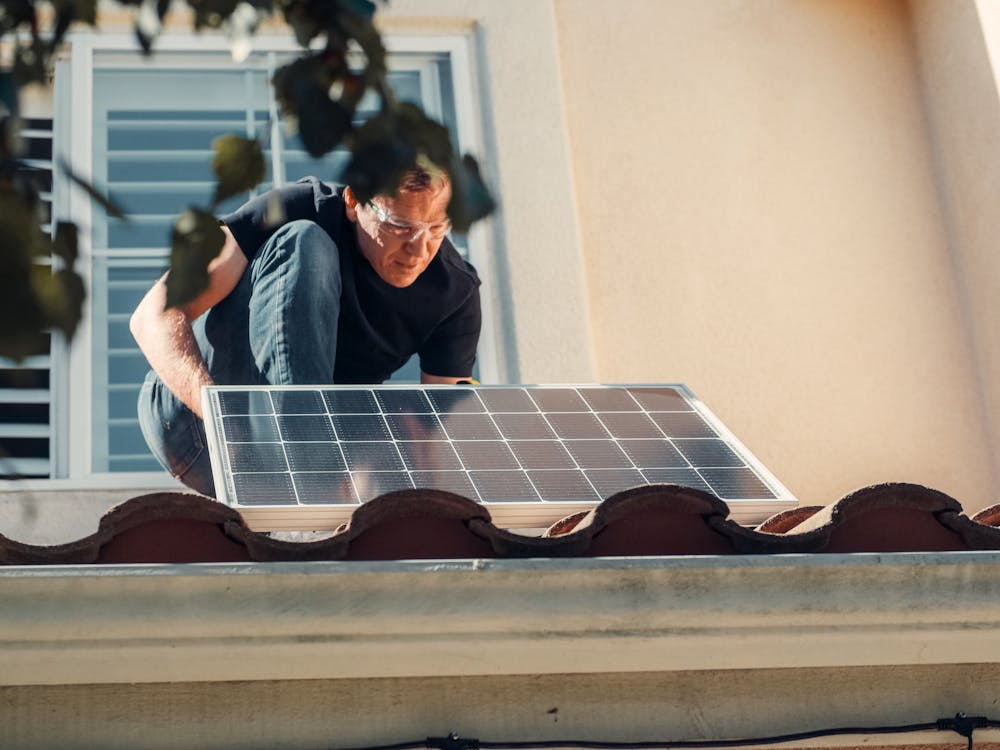Everything you Need to Know About Solar Energy

As the world makes efforts to cut down on the rate of carbon emissions, attention has been drawn to creating newer energy sources in all aspects of power generation. Solar energy has been named the best alternative to the traditional method of electronic power generation today.
The world, through various global bodies, is making efforts to make this idea achievable. A practical example is some of the countries that have adopted and integrated the use of solar energy into their national grid. Countries that made the top list are China, the United States, Japan, and Germany, with 35.8%, 11.1%, 8.7%, and 6.8% integration rates, respectively.
Meanwhile, other countries like South Korea, India, and Italy are warming up to tap into this latest energy source. Statistically, solar electric energy contributed 13.5% of renewable electric power in 2021. On the other hand, the United States is said to have more than enough clean energy sources that can generate 100 times the country’s cleaner energy needs annually.
This is to say that solar-type electricity is fast dominating the energy sector, as more countries are showing interest daily. Hence, clean, ozone-friendly electricity is very realizable. With this brief analogy, it is only rational to define solar energy and how it works.
What is Solar Energy?
Solar energy means energy from the sun. The radiant light is produced by the sun’s nuclear fusion, which is harnessed using various tech equipment. Aside from electric power, you can also harness solar thermal energy and other useful solar architecture. Fusion happens in an electric solar structure when the hydrogen atoms’ protons forcefully impact the sun, creating a helium atom.
This process is called the proton-proton (PP) reaction, and after it happens, it sends a large amount of energy to the entire solar structure. It is estimated that the sun generates around 620 million tons of hydrogen per second. And the proton-proton system reaction also happens in other stars of the same size as the sun we use here in the lower galaxy.
Advantages of Solar Energy
The advantages of solar energy are enormous, but there are obvious ones that we see every day. They include:
- Power to Control your Electricity
A solar electric energy system gives you total control over your electricity, considering how it was designed to work. The electric and solar structure comprises two main components: the generation battery and the solar panels. The system is democratized, meaning you can decide how often and how much electricity you want to use. With the use of home batteries, you can completely avoid monthly electric bills from the electricity companies.

It is also an excellent way to provide a good backup when the lights go out. According to statistics, the cost of electricity has increased in the United States by 15% in the last ten years, and it is likely that it will continue over time. So, to evade this development, embracing solar energy-powered electricity is a way to go.
- Affordable Renewable Energy Sources
As the world makes efforts to provide 100% clean, renewable energy, it is costly to come by. But not for solar energy, at least not anymore. Aside from giving the purest energy source, private electricity companies have developed new equipment and devices to make it affordable for everyone, especially low-income earners.
Even countries that have integrated it into their national grid have declared that it is much cheaper than setting up the traditional fossil fuel-powered electricity supply like natural gas and its likes. And for the fact that it is emissions-free makes it even more desirable. Again, solar electric energy is said to have the capacity to save global bodies $167 billion in environmental and health-related damages and save over 25,000 lives worldwide.
- Access to Federal Investment Tax Credit
The United States government had initiated the federal tax credit scheme, allowing new homeowners to own a solar electric system automatically. This is a huge plus for people looking to buy a home with 100% emission-free energy. This scheme is said to reduce the price of installing a complete solar energy set by 26%.
Final Thought
Even as the popularity of solar energy keeps surging worldwide, a report has it that the United States has harnessed just 2% of its solar energy potential. There are many untapped aspects of solar power waiting to be harnessed. Nonetheless, a world of (at least 50%) solar-powered electric energy will be a plus in the effort to preserve the earth.






